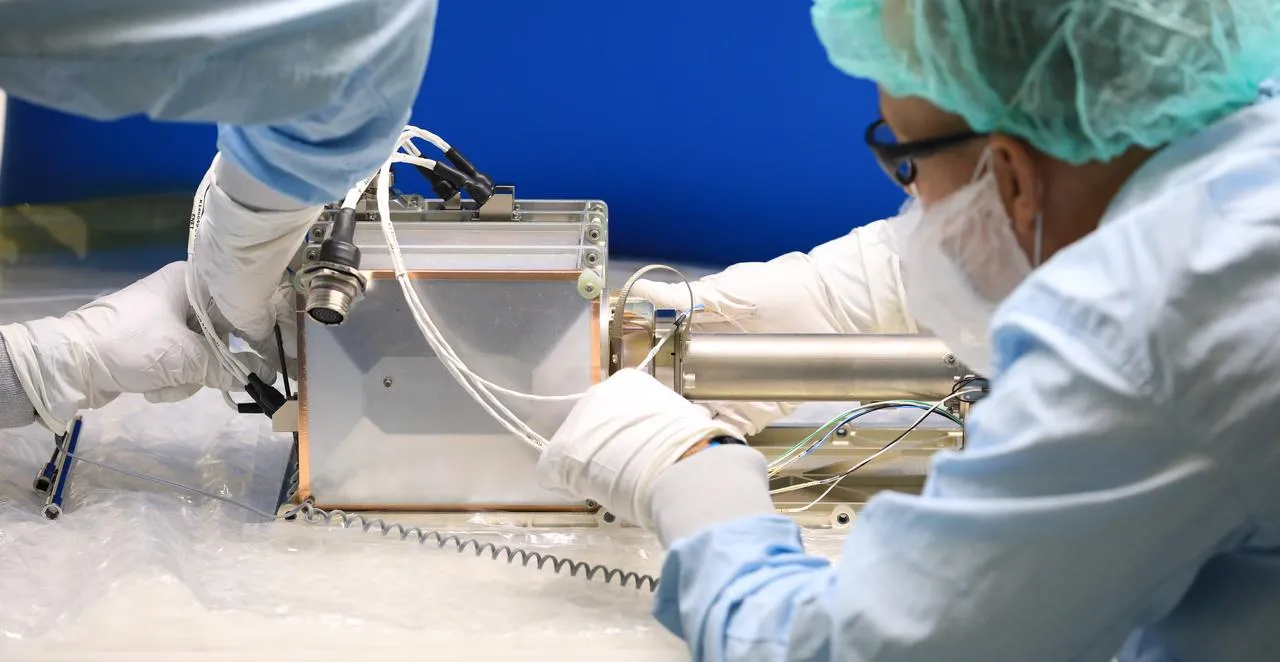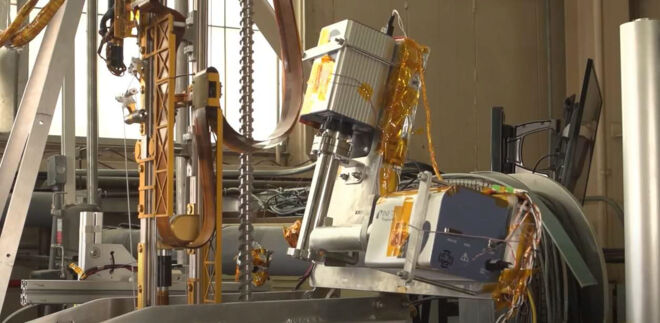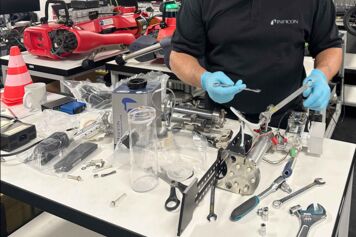The Sky’s the Limit
Space Applications, an Exciting New Frontier for INFICON

As experts in gas sensing and vacuum measurements in many industries including semiconductor, energy and security, our teams are always looking for the “what’s next” in innovation. One example of that focus is the long history INFICON has working with NASA. Our products can support a variety of space applications and missions in Low Earth Orbit (LEO), as well as lunar and planetary exploration.
NASA's Artemis Program
One of the agency's main plans is to return humans to the Moon as part of the Artemis program. Artemis 1 was launched in November 2022 and plans for Artemis II, III, IV and V are under way at the different NASA Centers. As part of the Artemis Program, NASA is also planning to send commercial landers and rovers to the selected lunar landing sites to carry different research payloads through its Commercial Lunar Payload Services” (CLPS) Program and INFICON is providing its commercial quadrupole mass spectrometers to NASA for several of the awarded CLPS missions. These CLPS missions will help investigate, characterize and prepare the landing sites for human exploration, starting with the Artemis III mission targeted for 2026, and will also provide information on much needed resources to establish a lunar base with the help of In Situ Resource Utilization (ISRU) for long-term human presence at the Moon.


Working Closely with NASA Kennedy Space Center
Since 2012, INFICON has been working together with NASA Kennedy Space Center scientists, engineers and its commercial partners to integrate our commercial-off-the-shelf (COTS) mass spectrometers as part of different projects, such as the Resource Prospector and the RESOLVE missions. In a 2019 internal solicitation, NASA selected 13 payloads to be among the early payloads to be delivered to the Moon through the CLPS initiative. Among these payloads is NASA's Mass Spectrometer Observing Lunar Operation (MSolo) payload, which includes the INFICON Transpector® MPH quadrupole mass spectrometer as its main component. The main objective of the MSolo instrument is to measure and quantify water and volatiles on the lunar surface, as well as to characterize low molecular weight isotopic ratios, for example deuterium to hydrogen ratio (D/H) and oxygen isotopes ratio (O18/O16), to help identify the source of lunar water, as well as provide a path for ISRU (in-situ resource utilization) activities.
To confirm INFICON mass spectrometer performance under lunar conditions, a preparatory series of tests were conducted at NASA Glenn Research Center (GRC) in which two full Transpector MPH mass spectrometers, one with a cross beam ion source and the other with an open ion source were tested to characterize the water concentration at pre-loaded simulated regolith samples under the same lunar low temperature and very low-pressure conditions in GRC’s VF13 TVAC chamber. The results were very good and demonstrated the Transpector MPH MS capabilities to measure and quantify water and other volatiles from the drilled regolith at the lunar surface.
Adventures Await our Mass Spectrometers
The first CLPS delivery to carry an MSolo instrument in which INFICON mass spectrometers will operate is the "Polar Resources Ice Mining Experiment-1 (PRIME-1). This delivery is targeted for the lunar south polar region and it will measure the quantity of water and other volatiles present in the regolith at different depths (up to 1m), using a drill attached to the lander. Three additional unique Transpector MPH mass spec systems have been delivered to Kennedy Space Center in preparation for more MSolo payloads aboard other CLPS lunar deliveries.
INFICON continues to work with different NASA centers and other commercial companies providing instruments and sensors for Artemis and other exploration missions, as well as investigating new sensors for rocket launch support. These missions will be a staging point for future lunar and planetary exploration.
The sky’s the limit here at INFICON and space applications are an exciting new frontier for our development teams and researchers. Follow us on our social media channels to stay up-to-date regarding our collaborations with NASA on these exciting projects.



